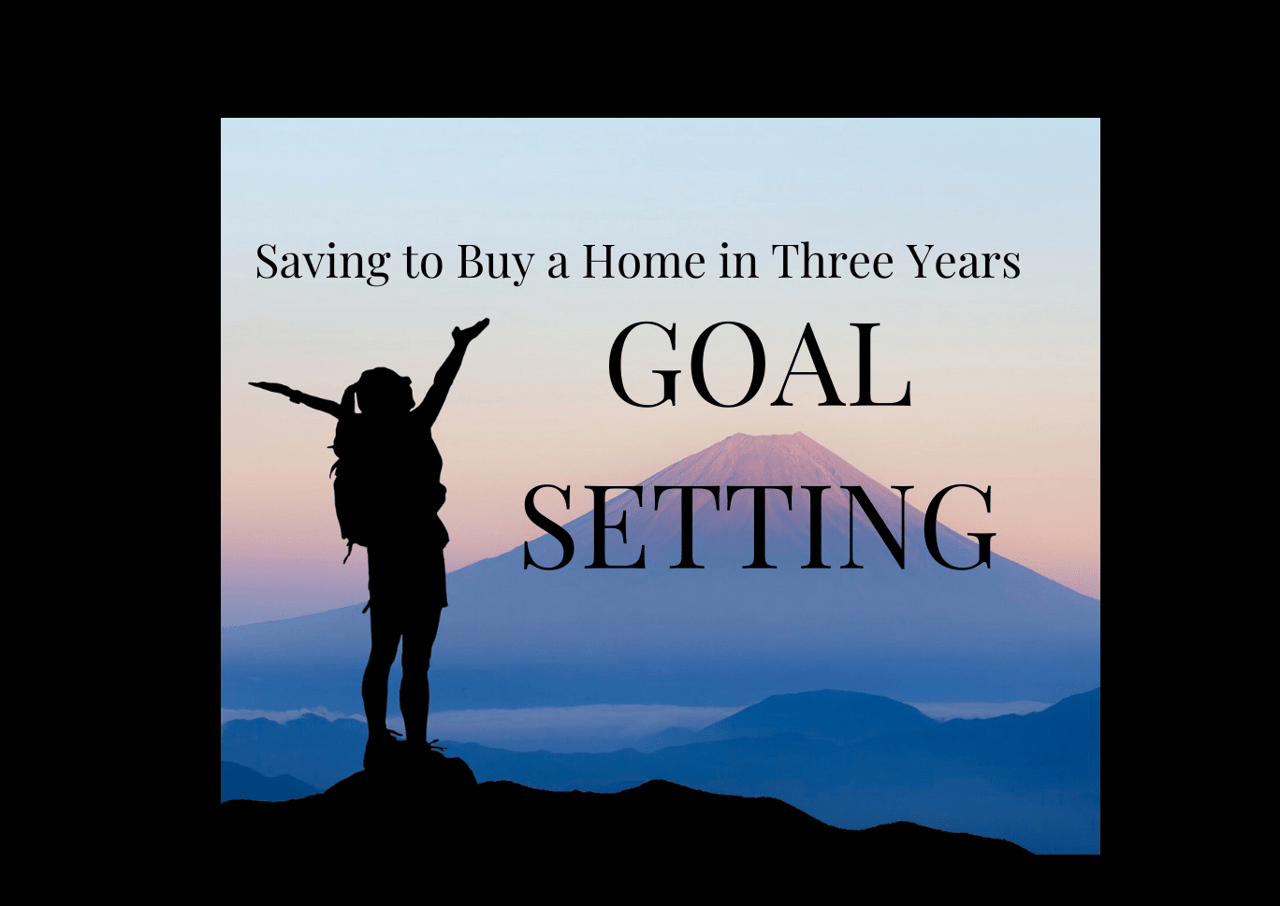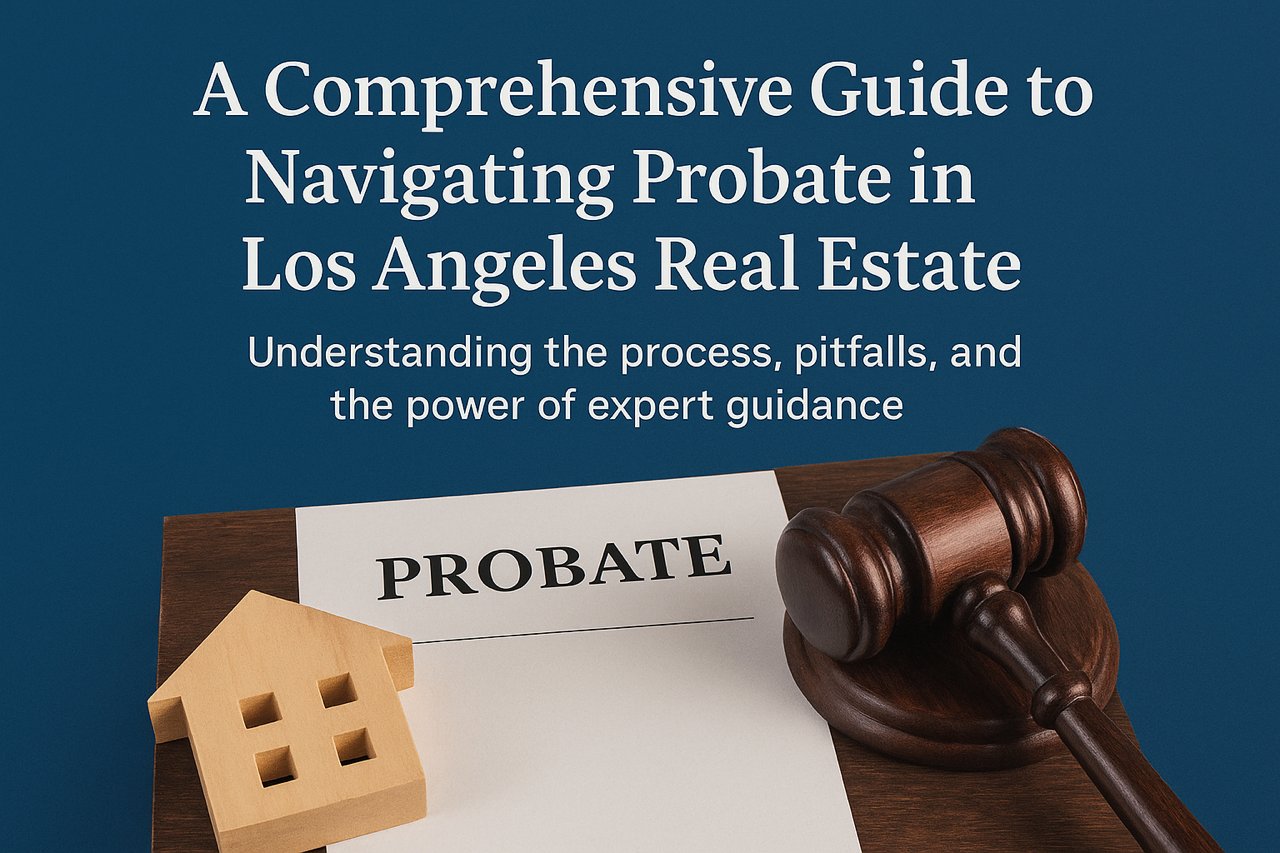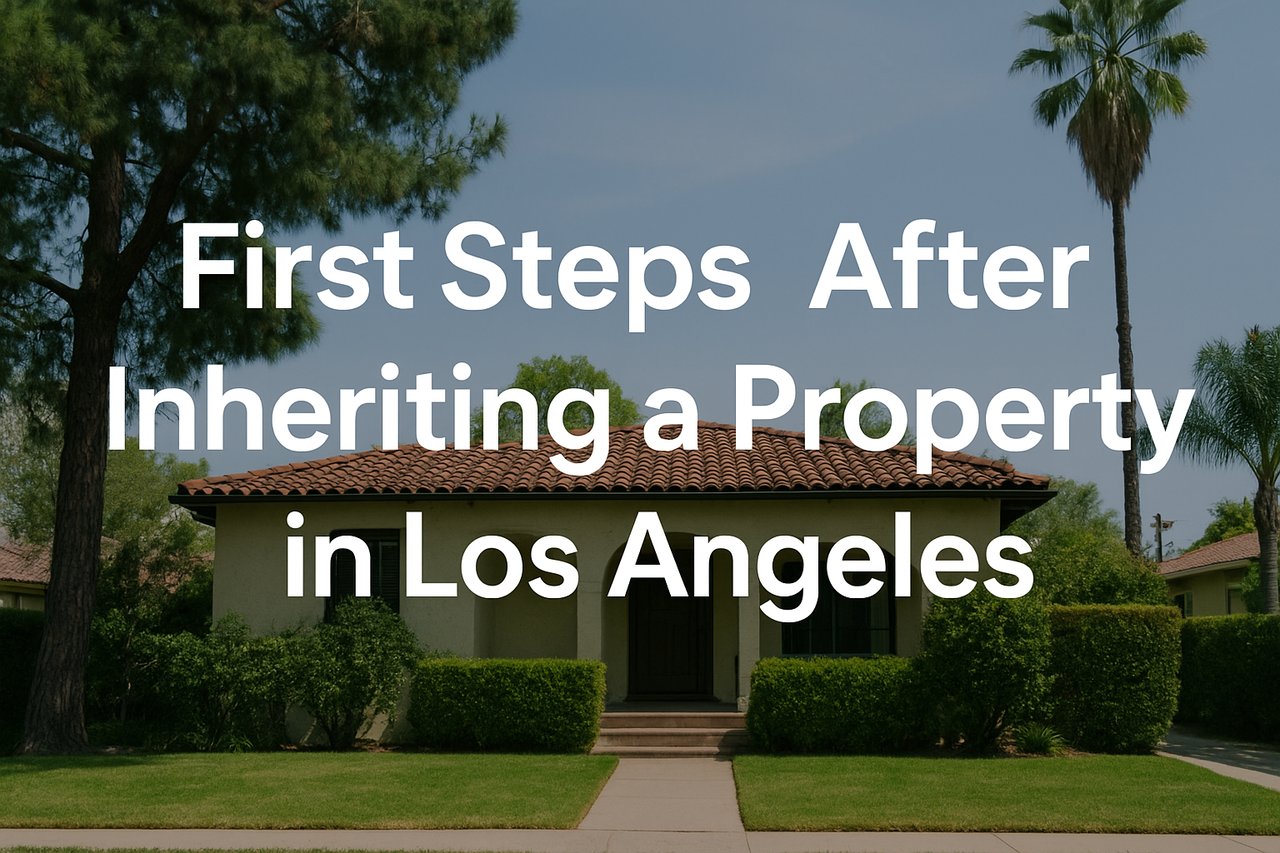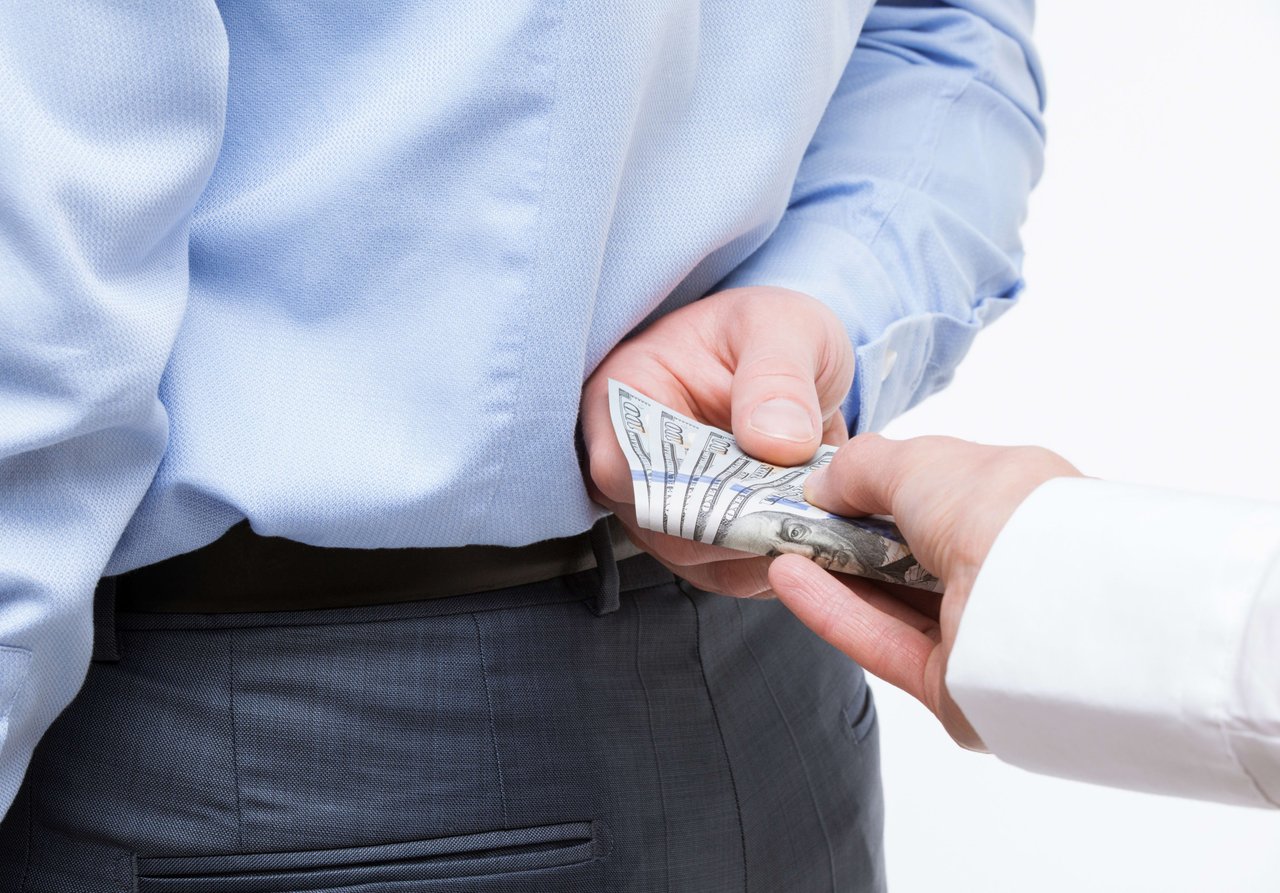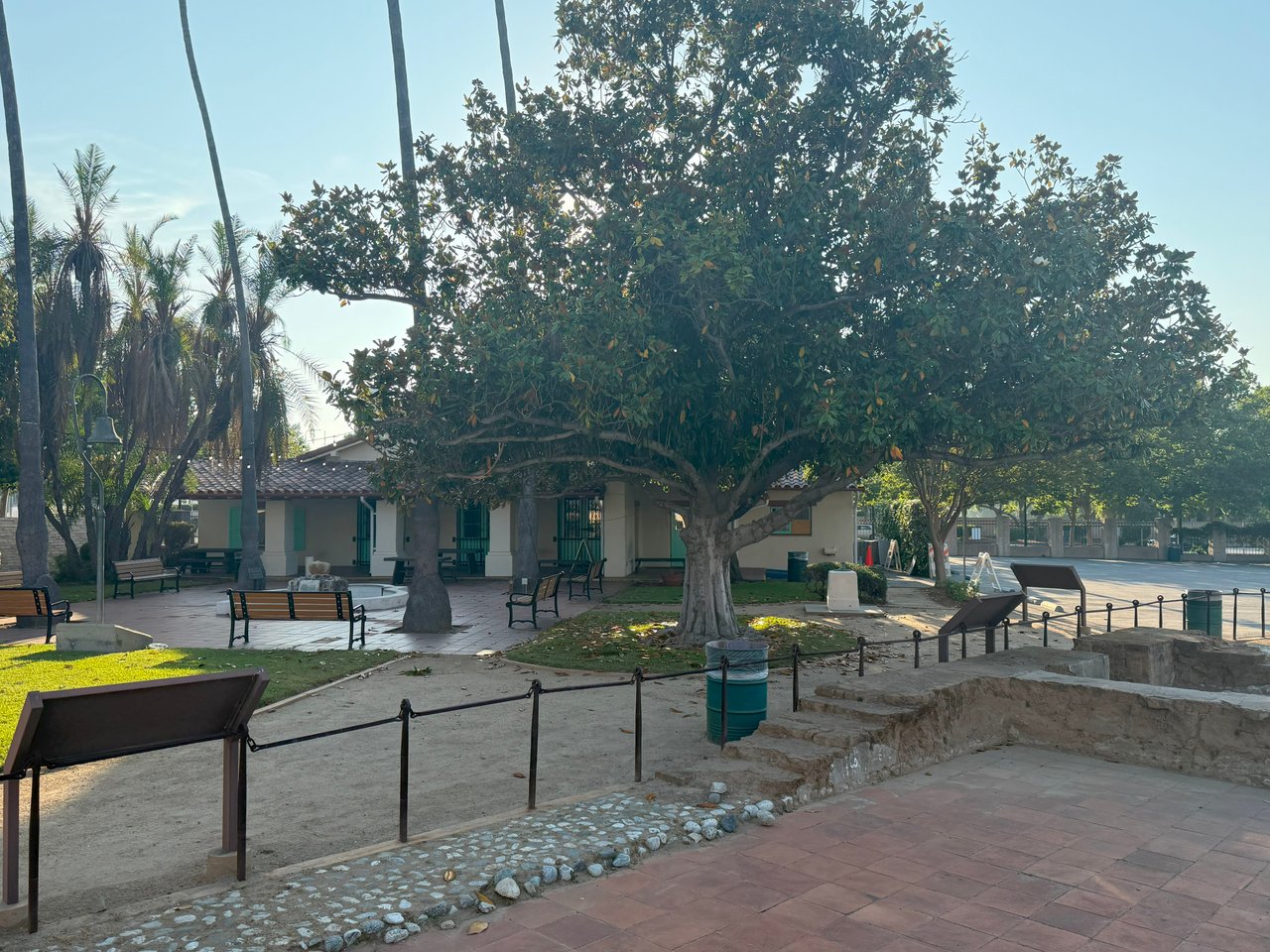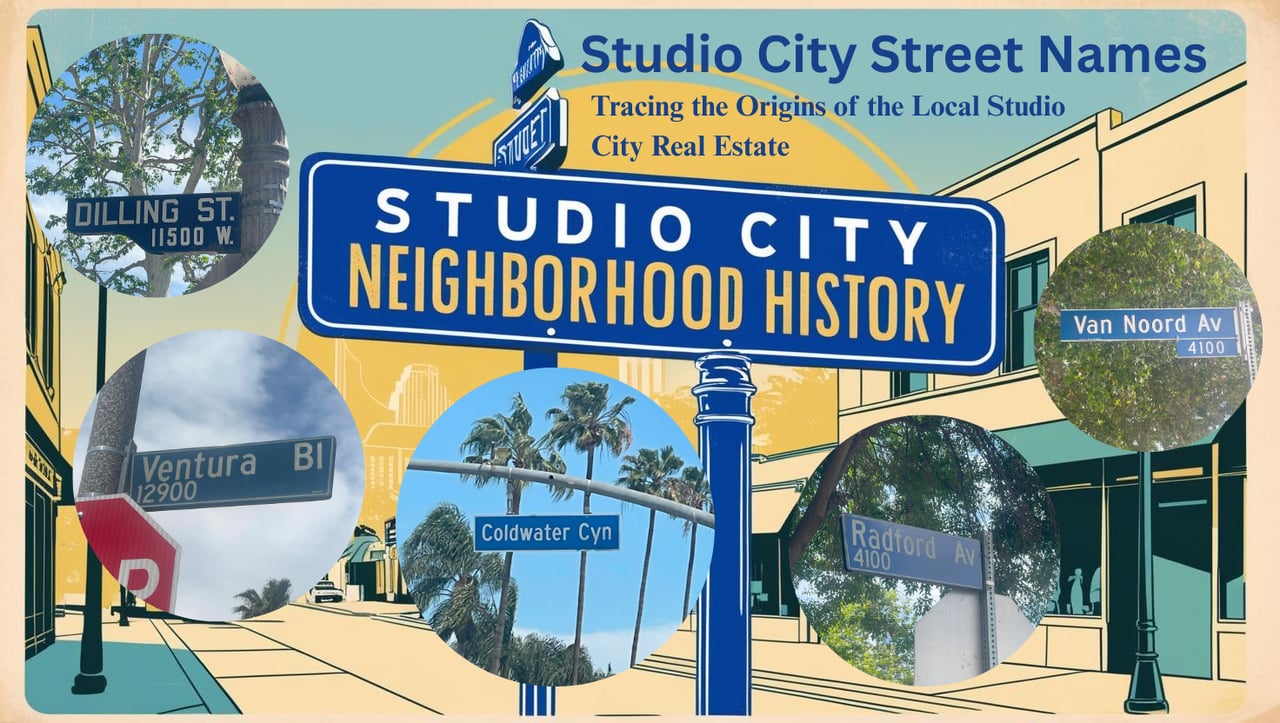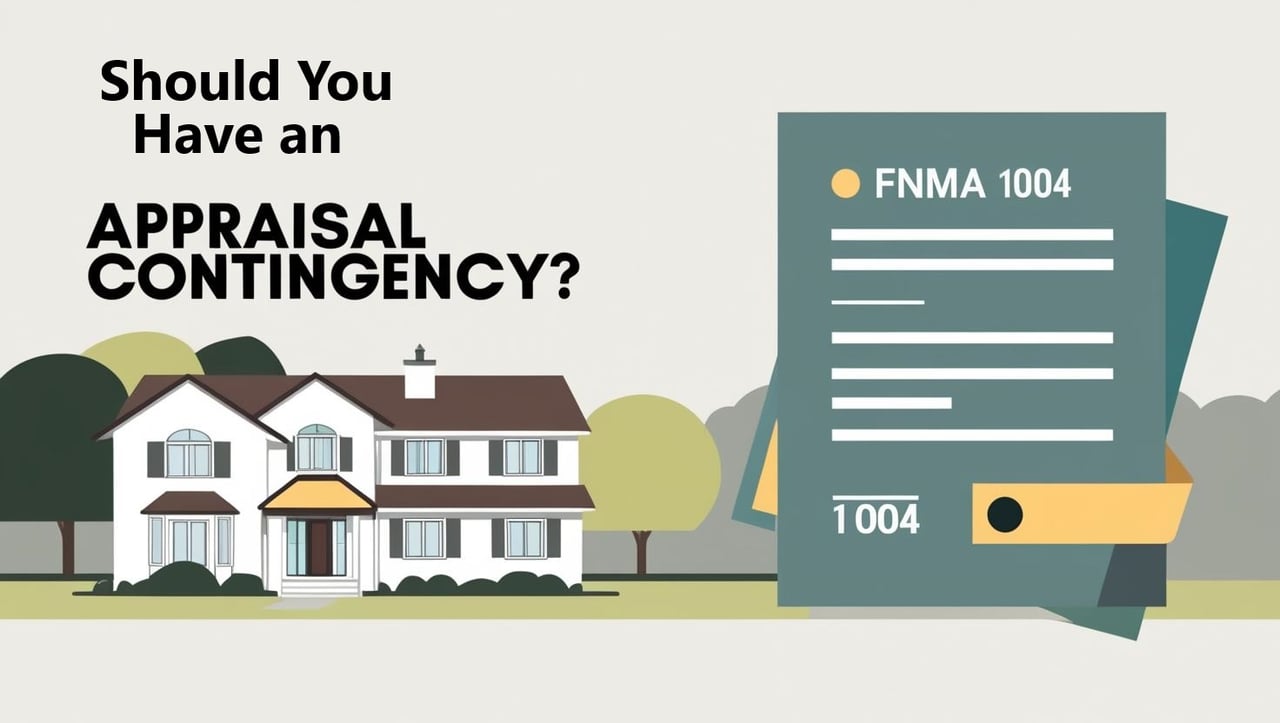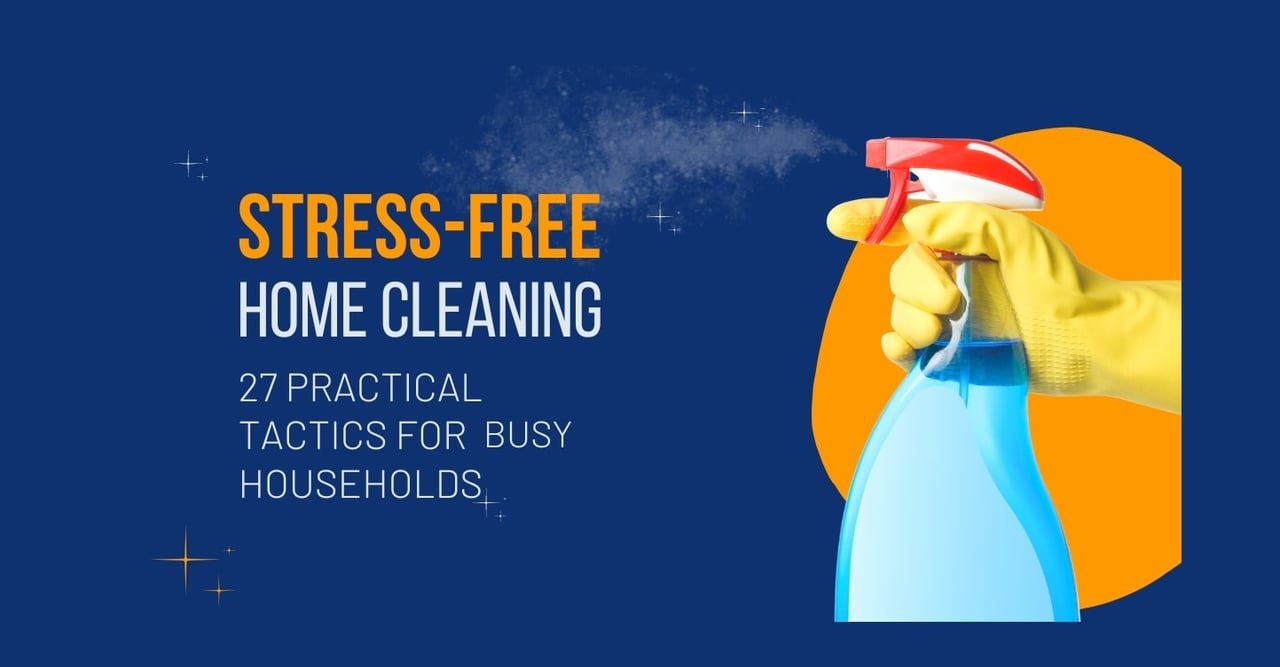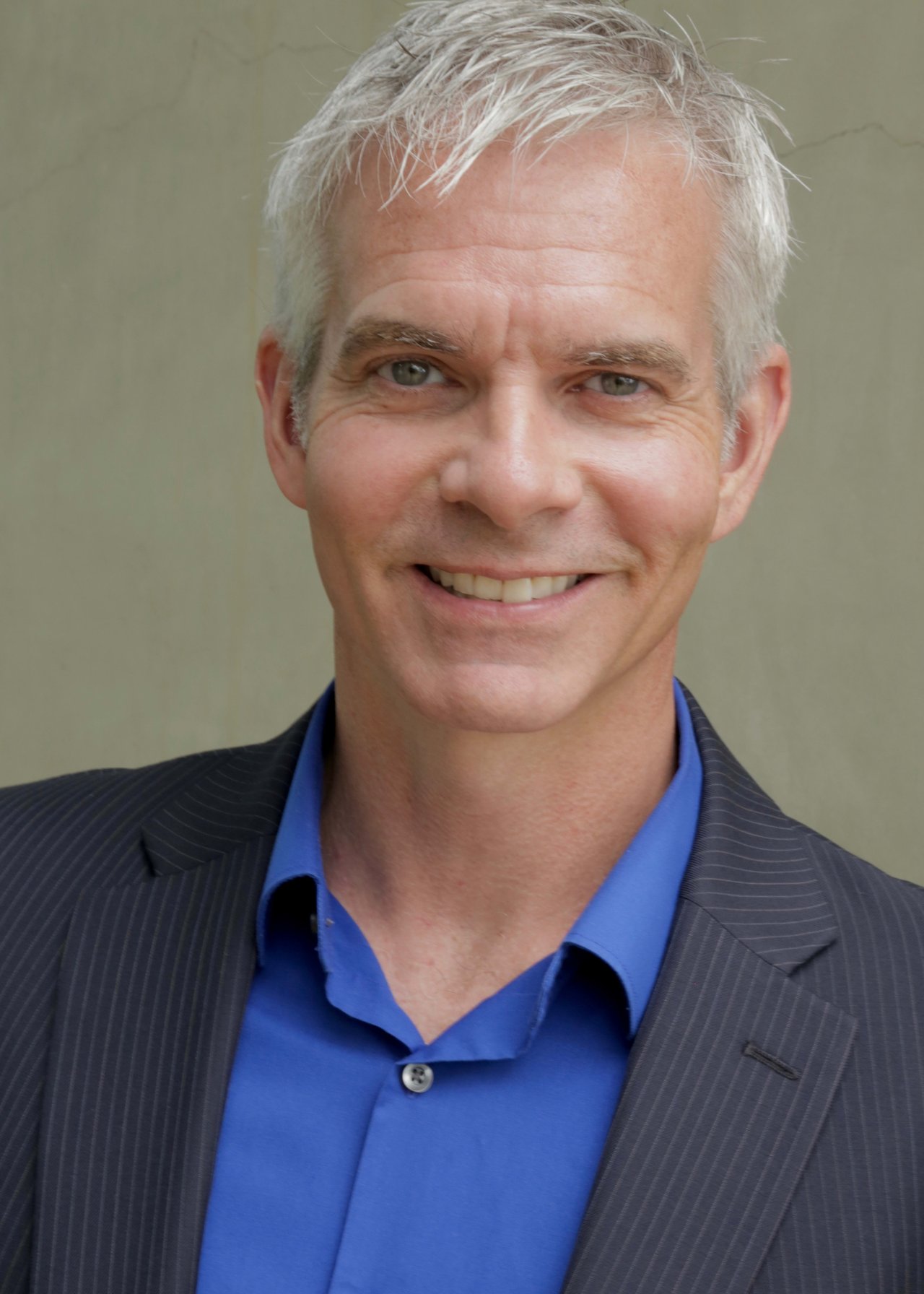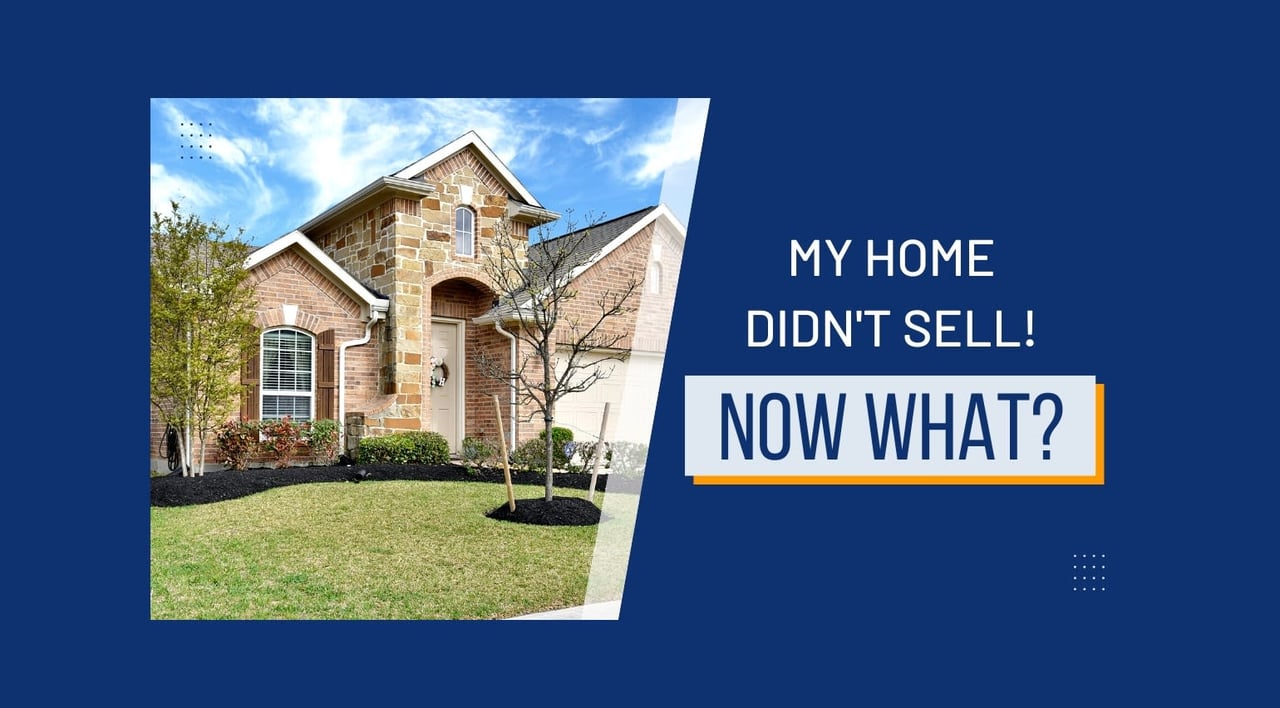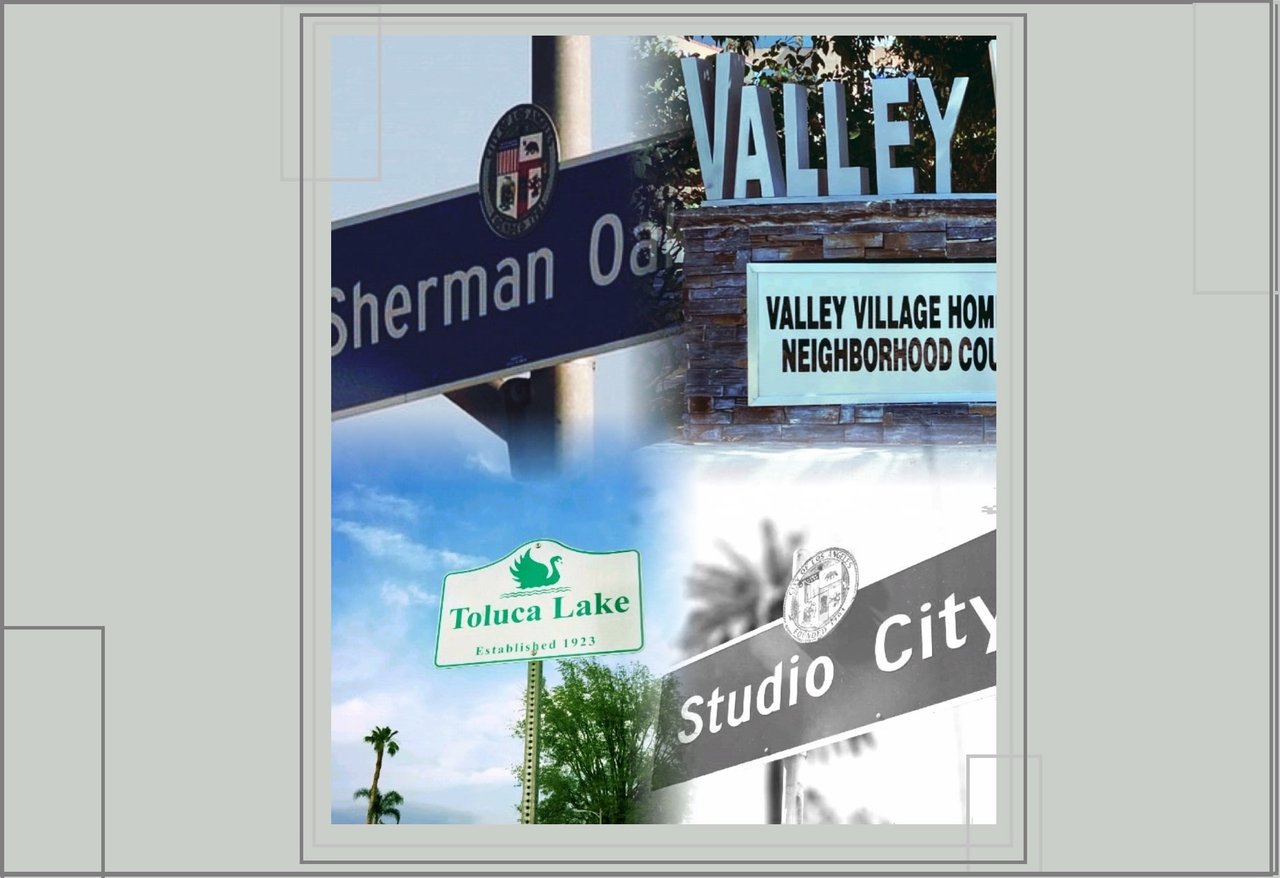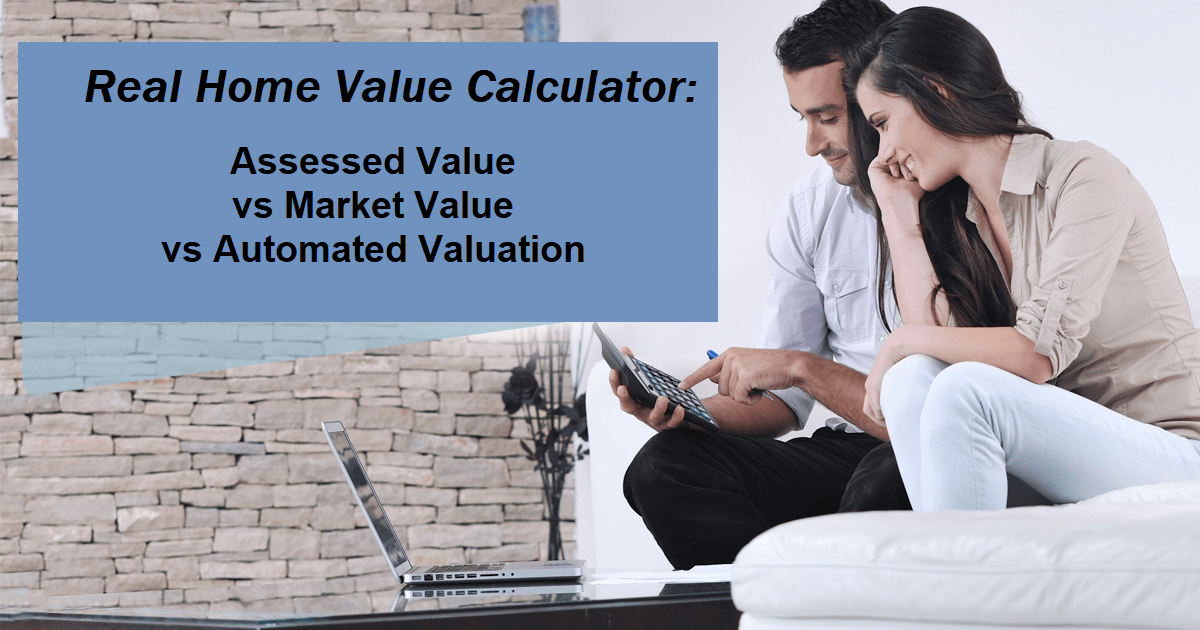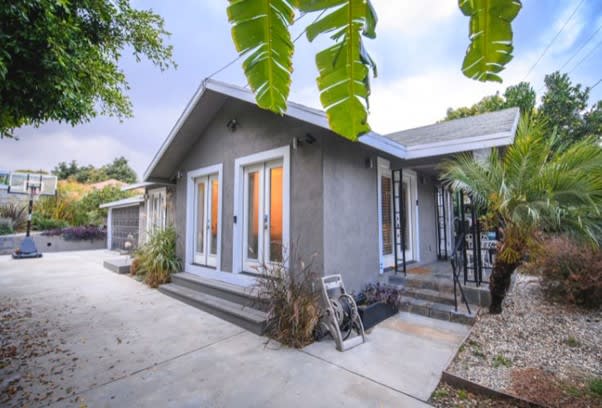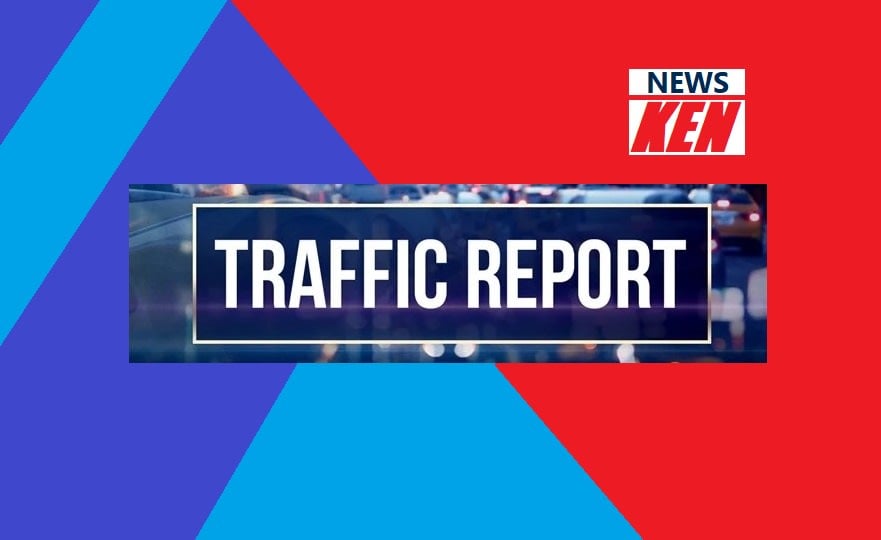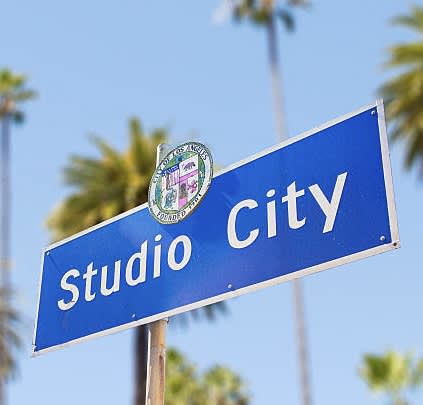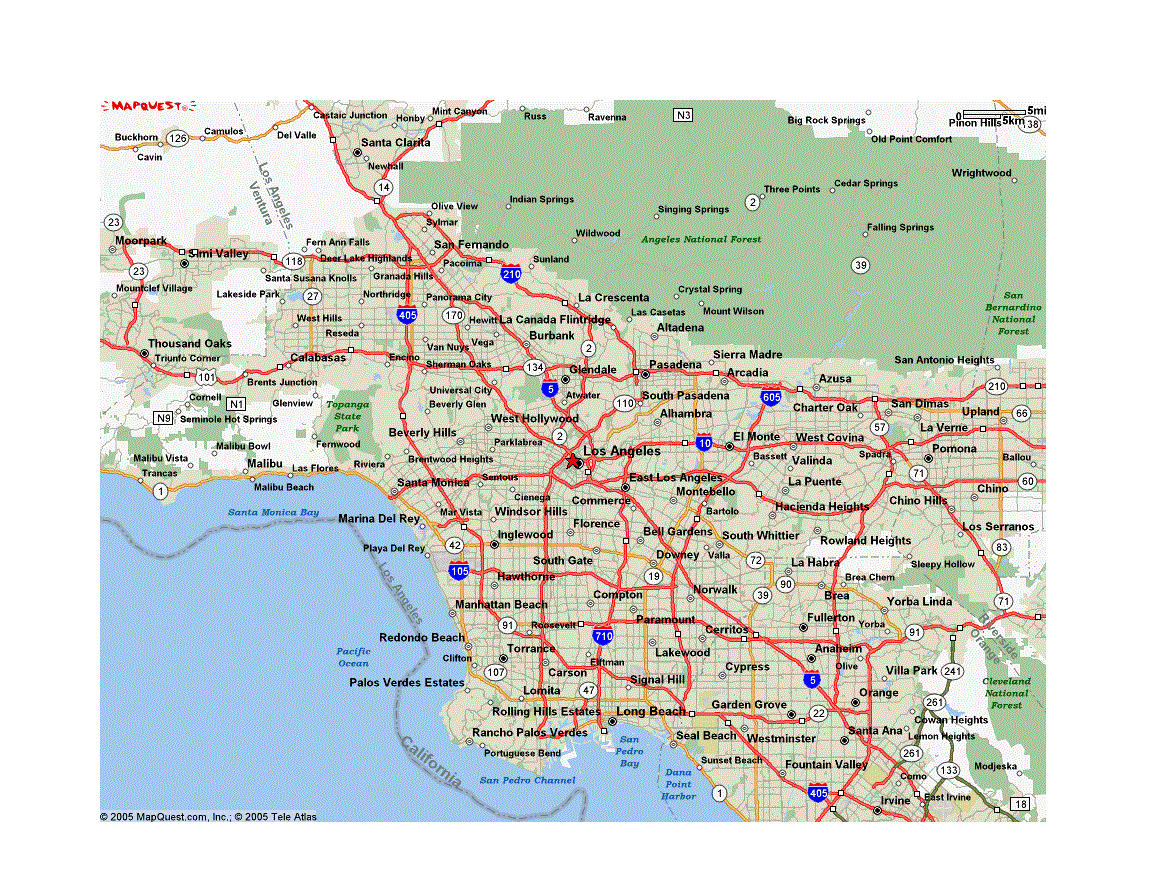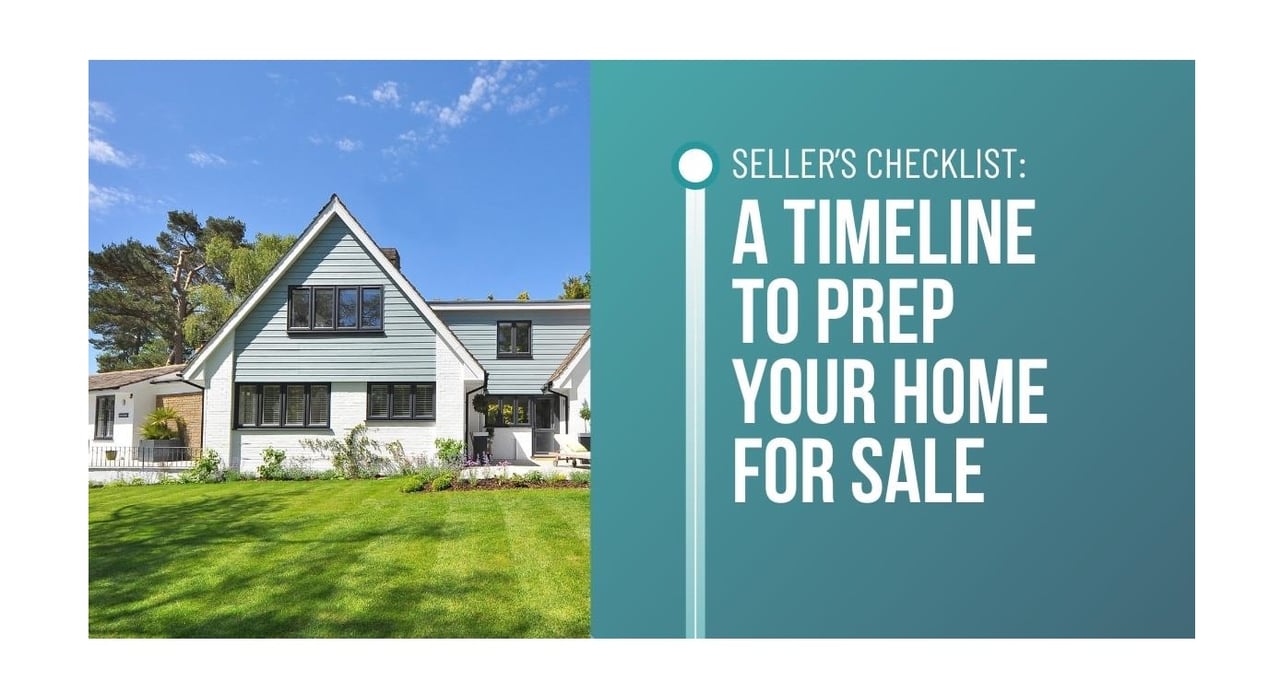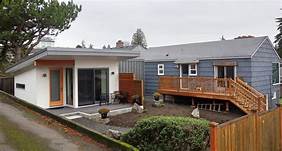Making the Decision to Buy a Home
Congratulations on making the decision to make it an intermediate term goal to buy a home! It might seem well out of reach at this point and at this early stage. It all starts with making the decision to make the goal a priority.
Local Real Estate Agent Assistance (Assemble the Right Team)
I’m Ken and I’m a local Realtor® in Studio City, CA. I used to be a loan officer and for a period of time even had underwriting signing authority with a private bank. The experience gave me a high level of knowledge so that I can help people navigate the way to achieving their own goals. I love being of service to people.
Get Onto the Right Path
If the goal is to be ready to purchase a home in three years, some work on the credit profile can, and should be done now. Don’t wait on this aspect. Two years down the road when the goal is only a year away, you’re going to want to limit or even shut down, completely, any hard credit pulls or credit checks. Soft pulls, as far as regular credit monitoring services are okay, but you’re going to want to refrain from applying for any new credit for about 12 months before moving forward with your mortgage pre-approval.
With the 3-year goal, however, it’s now a good idea to apply for a few credit lines or cards in order to build a robust credit profile. Later down the road, you’re going to want your mortgage lender to see at least 3 or 4 open and available credit accounts in good standing with at least 12 to 24 months history reporting. It’s a good idea to have of the credit card accounts be some type of cash rewards account. I’ll get into this a bit later.
Put the Right Tools in Action
On day one, open up a high-yield savings account. Something that earns more than the national average interest rate, making sure there are no fees. Given where interest rates are right now, you might find some pretty attractive offers out there. You might try SoFi by visiting https://sofi.app.link/MYMoXSEQWvb
As of this writing, the annual high-yield savings rate is up to 3.50% APY with terms and conditions.
Don't Look for the Easy One-and-Done Ideas
Stay away from sou-sou or merry-go-round savings clubs. Lenders consider these “pooled funds” and they are not considered a valid source of funds for down payment or closing costs by most mortgage lenders. This falls into a category of something that may seem like a good idea at the time, but ultimately is not.
Do Put the Work in
Make a monthly budget. Keep it realistic. Make sure you’re earmarking some amount monthly to pay yourself first and create a “monthly bill” for it. Take any money that you may already have that you don’t currently need or won’t have to touch in the near term and deposit that into your newly set up high-yield savings account. Whether you start with $100, $1,000 or something more, doesn’t matter. Start with something. Along with making that deposit, set up regular, ongoing monthly deposits for the pay yourself bill. Maybe $100 per month; Maybe $189. Whatever is comfortable for you, and, again, realistic.
Get Rewards
See what ongoing expenses you can pay with your rewards credit card. Again, look at SoFi for this, as it links to your other SoFi accounts (link above). You must pay this card off monthly for this strategy to work properly, so be very careful. You do not want to pay finance charges! You’re basically going to pay for things you usually use cash or your debit card for with that card. If your monthly grocery cost, cell phone bill, cable bill, etc. amounts to $1,100 per month total (as an example) and you have 3% cash back rewards, that’s going to represent $396 cash back annually.
Make it a Game!
Take a look at things you can eliminate from your budget. Do you need to go to Starbucks as much as you do, perhaps? Are there automatic payments you’re being charged for services you don’t ever use? This will make room for more automatic deposits for you to make to your high yield savings. Use things like gas buddy to find better prices on gasoline. Make it a game. Let’s say you find gas prices that are .59 per gallon better by driving a half mile further to get your gas. If you get 14 gallons, go ahead and transfer $8.26 to your high yield savings account and call it a win! I actually found gas the other day for $3.79 per gallon just a few blocks away from two other stations that were selling at $4.89 per gallon. Guess where I put that money savings before I even drove away from the pump!
Make it fun to develop new habits like this. It seems small, but it’s going to make a difference over time. You’ll be amazed at what you can accomplish in three years!
Let’s take a look -
Start your high yield savings account with $1,000 and set up the $189 monthly pay yourself bill. Add in the $20 per week you save by cutting back on Starbucks as well as the $8 per week when you fill up your tank for the best price. Deposit that $396 annual cash back bonus from the credit card you’re using and paying off in full monthly. That’s $5,120, not counting interest earned. Now put half of your income tax refund into that high yield savings account, perhaps. Let’s say that’s a $2,000 deposit. Boom! $7,120.
At the end of your second year, if we assume a 3.5% interest rate on your high yield savings, you’re likely going to have nearly $12,000 saved up! You’re on track to have over $16,000 in three years. Maybe a lot more if you challenge yourself with other creative ways to put in place an automatic savings strategy. Little things will make a big difference and if you’re also making small, almost insignificant lifestyle changes, it will add up a lot.
Look at CDs and U.S. Treasuries
Once you have $500 or $1,000 saved up, and still have a good chunk of that 3-year time period remaining, it's a good idea to look for a greater rate of return for part of your savings and lock it away so you can't dip into it by using certificates of deposit. You'll be able to find 6-month, 1-year, and 2-year CDs through a variety of financial institutions and some, if not most, will offer a higher APY than you're going to see on any high-yield savings account.
With $1,000, or more, it's also a great idea to look into U.S. Treasuries and lend your savings to the United States government for the short-term. Given that the yield-curve is now inverted with shorter term notes yielding higher than longer term notes and bonds, you could do a lot better in terms of your overall rate of return. You can track the current yields of the various offerings here United States Rates & Bonds - Bloomberg and make purchases of notes directly from the government at auction by signing up for a TreasuryDirect Account. Check out that information here Buying a Treasury Marketable Security — TreasuryDirect
Get More Rewards
As a current renter with a three-year horizon, it’s also a great idea to sign up for Gravy on day one. Gravy is a mobile app and a service that can help current renters save thousands on their future home purchase and is a rewards program. Earning Gravy rewards, renters can get up to 5% cash-back on rent. This is huge! Check it out here - https://agents.gravy.co/ken-sisson/387106
Gravy also helps future homebuyers monitor their credit profile specific to mortgage credit. This is important as there’s different credit reporting criteria for different purposes (mortgage financing, auto financing, consumer credit/credit cards, etc.).
Make it Happen!
There’s no magic to this. It’s all about developing new habits that are geared toward making small contributions toward the goal. Time is your friend as long as you start to build and strong together these habits early on.
Please share your ideas as well and feel free to let me know what’s working for you. I’m here to help you achieve your goals! You can find me at kensisson.com.
